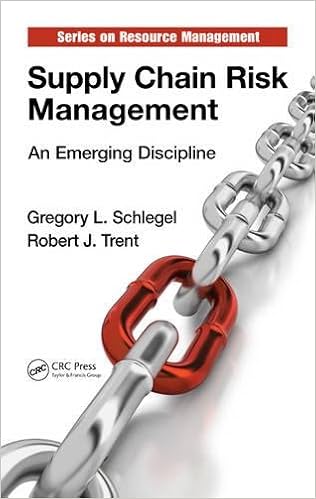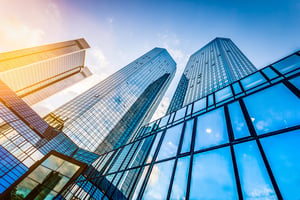
The following conversation about reviewing a SOC 2 report is one to avoid.
Potential Customer: “Hi Vendor Co., do you have a SOC 2?”
Vendor Co. Sales Rep: “Yes!”
Potential Customer: “Great! We can’t wait to start using your service.”
The output of a SOC 2 audit isn’t just a stamp of approval (or disapproval). Even companies that have amazing cybersecurity and compliance programs have a full SOC 2 report written about them by their auditor that details their cybersecurity program. SOC 2 reports facilitate vendor management by creating one deliverable that can be given to customers (and potential customers) to review and incorporate into their own vendor management programs.
Vendor security management is an important part of a company’s cybersecurity program. Most mature organizations’ process of vendor selection includes a vendor security review – a key part of which includes the review of a SOC 2 report.
SOC 2 reports can vary greatly in length but even the most basic SOC 2 report is dense with information that can be difficult to digest, especially if you aren’t used to reading them. This article will teach you how to read a SOC 2 report by providing a breakdown of the report’s content, with emphasis on how to pull out the important parts to look at from a vendor security review perspective.
Please note that you should not use this as a guide to hunt and peck your way through a SOC 2 report. It is important to read through the entire report to gain a full understanding of the system itself. However, this should help draw attention to the particular points of interest you should be looking out for when reading a report.
Many different auditing firms perform SOC 2 audits, some reports may look a little different from the others but the overall content is generally the same.
How to read a SOC 2 report: the Cover Page
Even the cover page of a SOC 2 report has a lot of useful information. It will have the type of SOC 2 report, date(s) covered, the relevant trust services criteria (TSC) categories, and the auditing firm that conducted the audit.
What Type of SOC 2 Report?
There are two types of SOC 2 reports that can be issued: A SOC 2 Type I and a SOC 2 Type II. The type of report will be denoted on the cover page. The key difference is the timeframe of the report:
A SOC 2 Type I is an attestation that the company complied with the SOC 2 criteria at a specific point in time.
A SOC 2 Type II is an attestation that the company complied with the SOC 2 criteria over a period of time, most commonly a 6 or 12 month period.
SOC 2 Type II reports are more valuable because they demonstrate a long-term commitment to a security program – and any issues over the time frame will be revealed. It’s possible for a company to get a SOC 2 Type I report then fail to adhere to their controls.
Key takeaway: If a company only has a SOC 2 Type I, ask if and when they are working on achieving a SOC 2 Type II. If they say they are not getting a Type II, this is indicative of a lower commitment to security.
Trust Services Criteria
Cybersecurity for Executives in the Age of Cloud







![Cybersecurity Awareness Month 2021 Toolkit: Key messaging, articles, social media, and more to promote Cybersecurity Awareness Month 2021 by [Cybersecurity and Infrastructure Security Agency]](https://m.media-amazon.com/images/I/41qNh1aMMNL._SX260_.jpg)



![Risk Based Vulnerability Management A Complete Guide - 2019 Edition by [Gerardus Blokdyk]](https://m.media-amazon.com/images/I/41MHiFnHHML.jpg)
![The Smartest Person in the Room: The Root Cause and New Solution for Cybersecurity by [Christian Espinosa]](https://m.media-amazon.com/images/I/41KIWmjt6sL.jpg)













